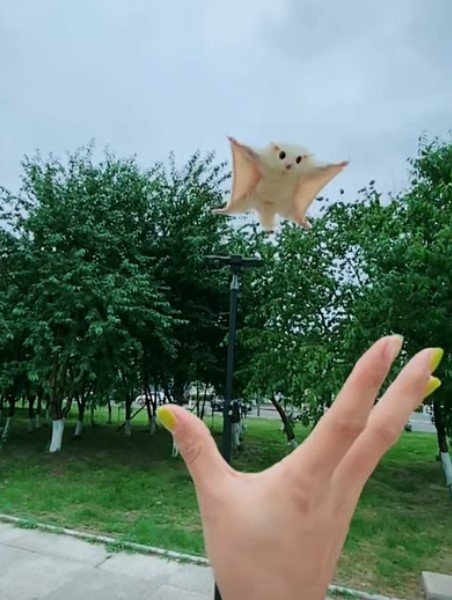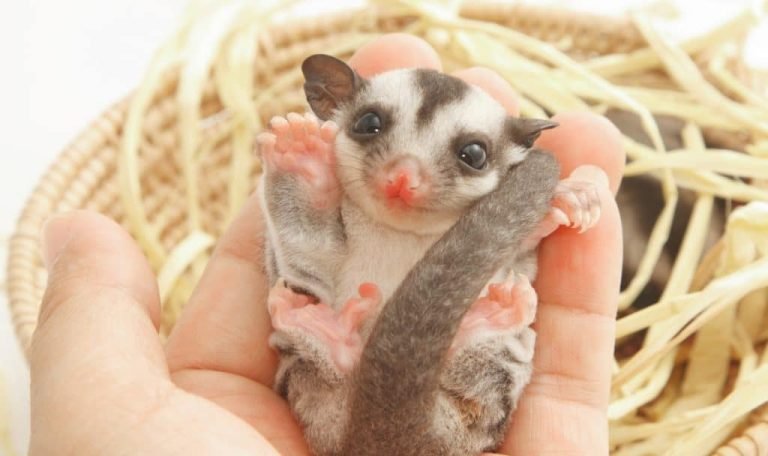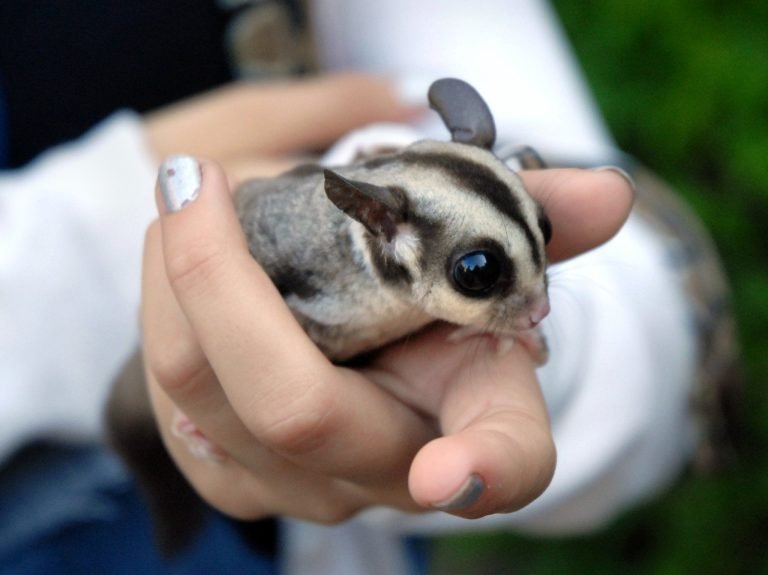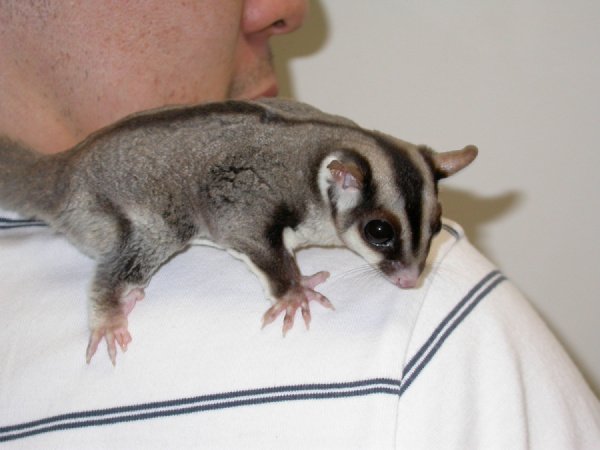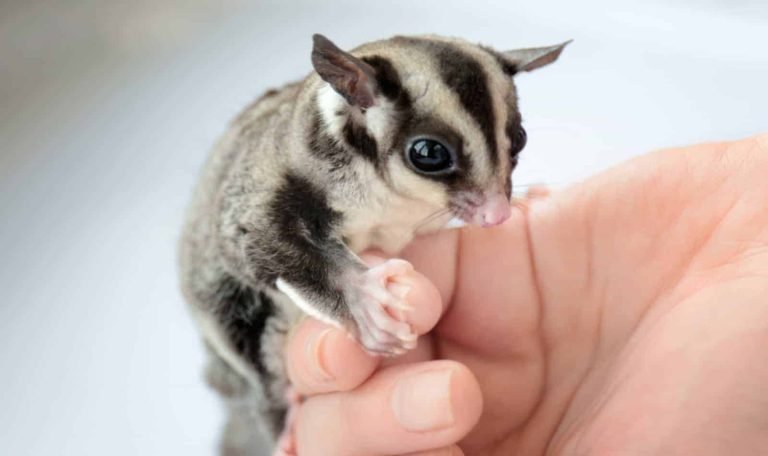Can You Walk A Sugar Glider
Can You Walk a Sugar Glider?
Yes, you can walk a sugar glider**, but it’s not as simple as just putting a leash on them and taking them for a stroll around the block. Sugar gliders are small, energetic marsupials that are native to Australia and Indonesia. They have a natural instinct to glide and climb, so taking them for a walk requires special care and attention to their needs. In this article, we’ll discuss the important factors to consider before attempting to walk a sugar glider and provide tips to ensure their safety and well-being.
Understanding Sugar Gliders
Before attempting to walk a sugar glider, it’s crucial to understand their natural behaviors and needs. Sugar gliders are nocturnal animals, meaning they are most active at night. They have a strong instinct to glide and climb trees, as they primarily live in forested areas. These tiny creatures have a unique anatomy with a patagium, a membrane that stretches from their neck to their fingertips and allows them to glide through the air.
Sugar gliders also have sharp claws, which they use for climbing trees and gripping onto surfaces. They are social animals that thrive on interaction and companionship, both with their fellow sugar gliders and their human caregivers. Therefore, keeping a single sugar glider as a pet may not be ideal for their overall well-being.
Preparing to Walk a Sugar Glider
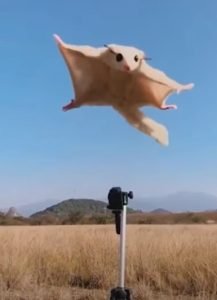
Walking a sugar glider requires careful preparation to ensure their safety and comfort. Here are some important steps to follow before attempting to take your sugar glider for a walk:
1. Bond with Your Sugar Glider
Building a strong bond with your sugar glider is crucial before attempting any new activities, including walking. Spend quality time with your pet, allowing them to get used to your presence and touch. This will help them feel more comfortable and trust you.
2. Get a Secure Harness
Invest in a properly fitting harness specifically designed for sugar gliders. A harness will ensure that your sugar glider doesn’t accidentally escape while you’re outside. Avoid using leashes or collars, as these can be dangerous and cause injury to your pet.
3. Create a Safe Environment
Before taking your sugar glider outside, ensure that the surrounding environment is safe and secure. Remove any potential hazards, such as toxic plants, sharp objects, or other pets that may pose a threat. It’s essential to choose a quiet, peaceful location away from busy roads or areas with a lot of foot traffic.
4. Gradually Introduce the Harness
Introduce the harness to your sugar glider gradually, allowing them to become familiar with it before attempting to walk. Start by letting them sniff and investigate the harness, rewarding them with treats and praise. Once they are comfortable, gently put the harness on for short periods to get them used to wearing it.
Tips for Walking a Sugar Glider
When it comes to walking a sugar glider, it’s important to keep their safety and well-being a top priority. Here are some tips to ensure a positive and enjoyable experience for both you and your pet:
1. Start with Short Walks
Begin by taking your sugar glider on short walks to allow them to adjust to the new experience. Choose quiet, familiar areas to build their confidence and minimize stress. Gradually increase the duration of the walks as your sugar glider becomes more comfortable.
2. Follow Their Lead
Sugar gliders are curious creatures with their unique personalities. Allow them to explore their surroundings at their own pace, and let them guide the walk. Avoid tugging or forcing them in a particular direction, as this can cause stress and anxiety.
3. Provide Mental Stimulation
Walking alone may not be enough to satisfy a sugar glider’s need for mental stimulation. Consider bringing along toys, treats, or small branches for them to climb on during the walk. This will help keep them engaged and provide an enriching experience.
4. Be Cautious of Temperature
Sugar gliders are sensitive to extreme temperatures. Avoid walking them during excessively hot or cold weather, as this can be harmful to their health. Opt for early mornings or evenings when temperatures are more moderate.
5. Monitor for Signs of Distress
Keep a close eye on your sugar glider while walking and watch for any signs of distress or discomfort. These may include excessive scratching, biting at the harness, or trying to escape. If you notice any concerning behaviors, it’s best to end the walk and return home.
Frequently Asked Questions
1: Can I walk my sugar glider without a harness?
It is not recommended to walk a sugar glider without a harness, as they may easily escape or get injured. Using a properly fitted harness is critical for their safety.
2: Can I train my sugar glider to walk on a leash?
While it’s possible to train a sugar glider to walk on a leash, it can be a challenging process. Sugar gliders are independent creatures, so they may not readily adapt to walking on a leash like a dog would.
3: How often should I walk my sugar glider?
The frequency of walks will depend on your sugar glider’s individual needs. However, it’s crucial to prioritize their natural behaviors and provide them with ample time for climbing and gliding in a safe indoor environment.
Final Thoughts
Walking a sugar glider can be a unique and rewarding experience for both you and your pet. However, it’s important to approach this activity with caution and ensure their safety and well-being. Bonding with your sugar glider, using a secure harness, and providing a safe environment are key aspects of walking them outside. Remember to always prioritize their needs, let them explore at their own pace, and monitor for any signs of discomfort or distress. With proper preparation and care, you can enjoy special bonding moments and enrich your sugar glider’s life.

